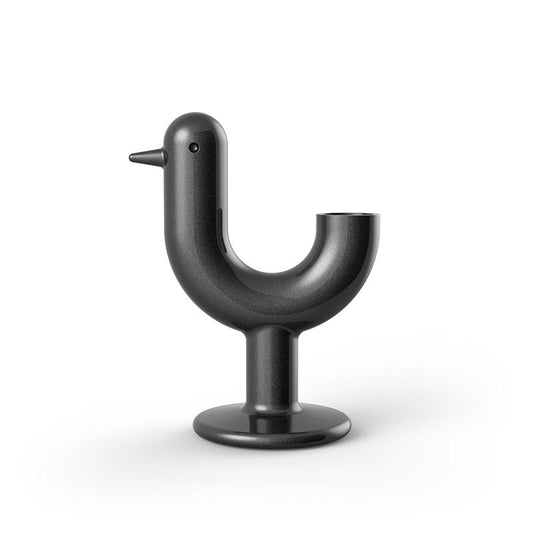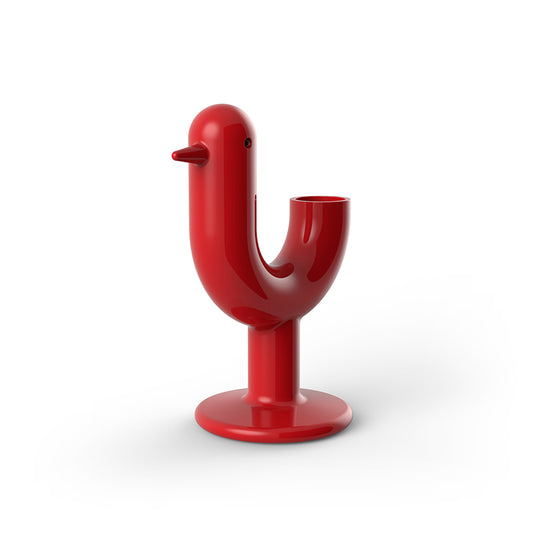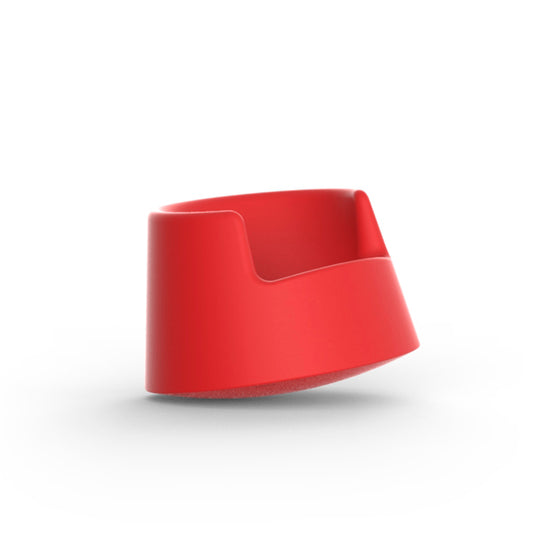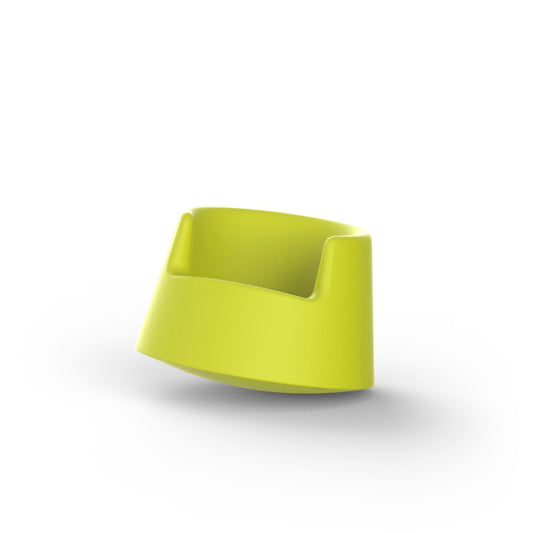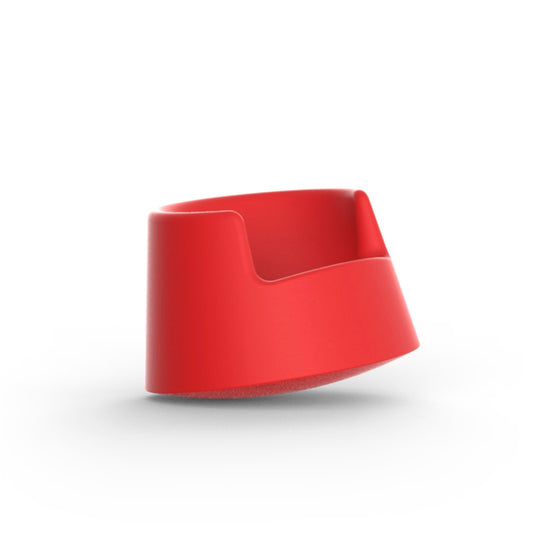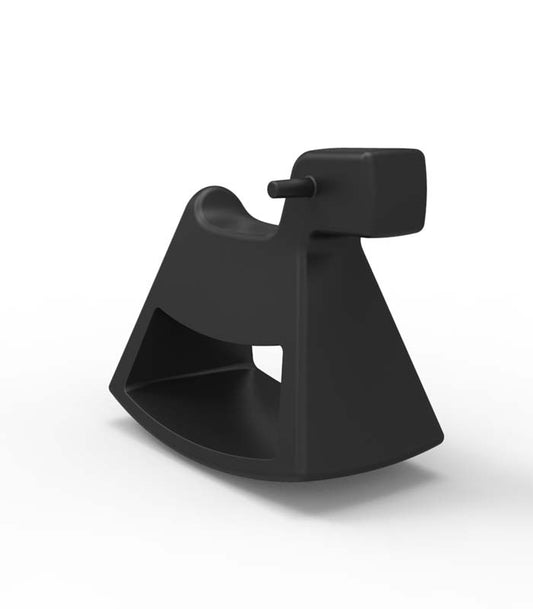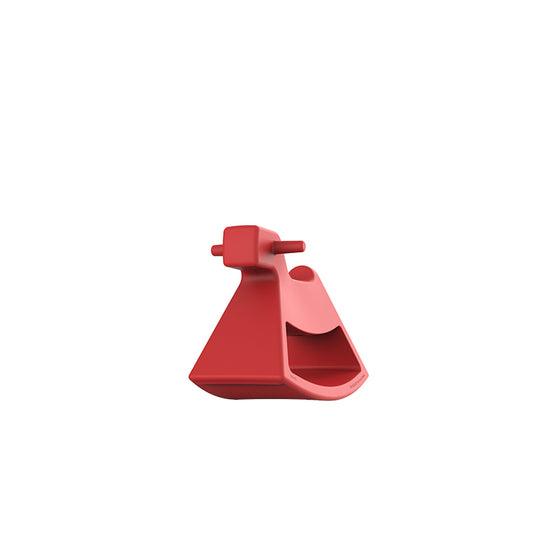Collection: Eero Aarnio
Eero Aarnio was born in Helsinki in 1932, going down in history as one of the most influential Scandinavian industrial designers of the 20th century. Aarnio studied at the Institute of Industrial Arts in Helsinki, where he graduated in 1957. At the age of thirty, in 1962 he founded his studio, dedicating himself not only to furniture design, but also to photography and interior design.
In the 1960s, Eero Aarnio began experimenting with plastics, vivid colors and organic shapes, breaking with traditional design conventions. Many of Aarnio's works are included in the most prestigious museums in the world, such as the Victoria and Albert Museum in London, the MoMA in New York and the Vitra Design Museum in Weil am Rhein., Like his plastic chairs and fiberglass.
His early designs had a traditional aesthetic. For this he used materials from the environment such as wicker. He so he did on the Jattujakkare stool. Strongly influenced by the ideas of Charles and Ray Eames, it would be in the sixties when he would create his best known designs. All these pieces of furniture were born from experimentation with fiberglass. In 1963, the Ball Chair would arrive for Asko, an icon of the pop era with which he won the prestigious ADI award in 1968. His daring and iconoclastic solutions would be reflected in the innovative Bubble Chair (1968), a chair that hung from the ceiling. This innovative design went beyond pop, caressing "spatial" shapes and concepts, using an innovative material such as plexiglass. Color was beginning to be a prominent element in his production. The red, orange or green tones were nothing more than part of the provocative scenario that constituted each of his works.
In the 1960s, Eero Aarnio began experimenting with plastics, vivid colors and organic shapes, breaking with traditional design conventions. Many of Aarnio's works are included in the most prestigious museums in the world, such as the Victoria and Albert Museum in London, the MoMA in New York and the Vitra Design Museum in Weil am Rhein., Like his plastic chairs and fiberglass.
His early designs had a traditional aesthetic. For this he used materials from the environment such as wicker. He so he did on the Jattujakkare stool. Strongly influenced by the ideas of Charles and Ray Eames, it would be in the sixties when he would create his best known designs. All these pieces of furniture were born from experimentation with fiberglass. In 1963, the Ball Chair would arrive for Asko, an icon of the pop era with which he won the prestigious ADI award in 1968. His daring and iconoclastic solutions would be reflected in the innovative Bubble Chair (1968), a chair that hung from the ceiling. This innovative design went beyond pop, caressing "spatial" shapes and concepts, using an innovative material such as plexiglass. Color was beginning to be a prominent element in his production. The red, orange or green tones were nothing more than part of the provocative scenario that constituted each of his works.

-
PEACOCK 75x117x150
Regular price From 1.076,40 €Regular priceUnit price / per -
ROULETTE BALANCIN 93x93x68
Regular price 676,00 €Regular priceUnit price / per -
ROULETTE KIDS BALANCIN
Regular price 422,00 €Regular priceUnit price / per -
ROSINANTE Balancín (Adultos)
Regular price From 494,10 €Regular priceUnit price / per -
ROSINANTE Balancín (Niños)
Regular price From 319,50 €Regular priceUnit price / per

